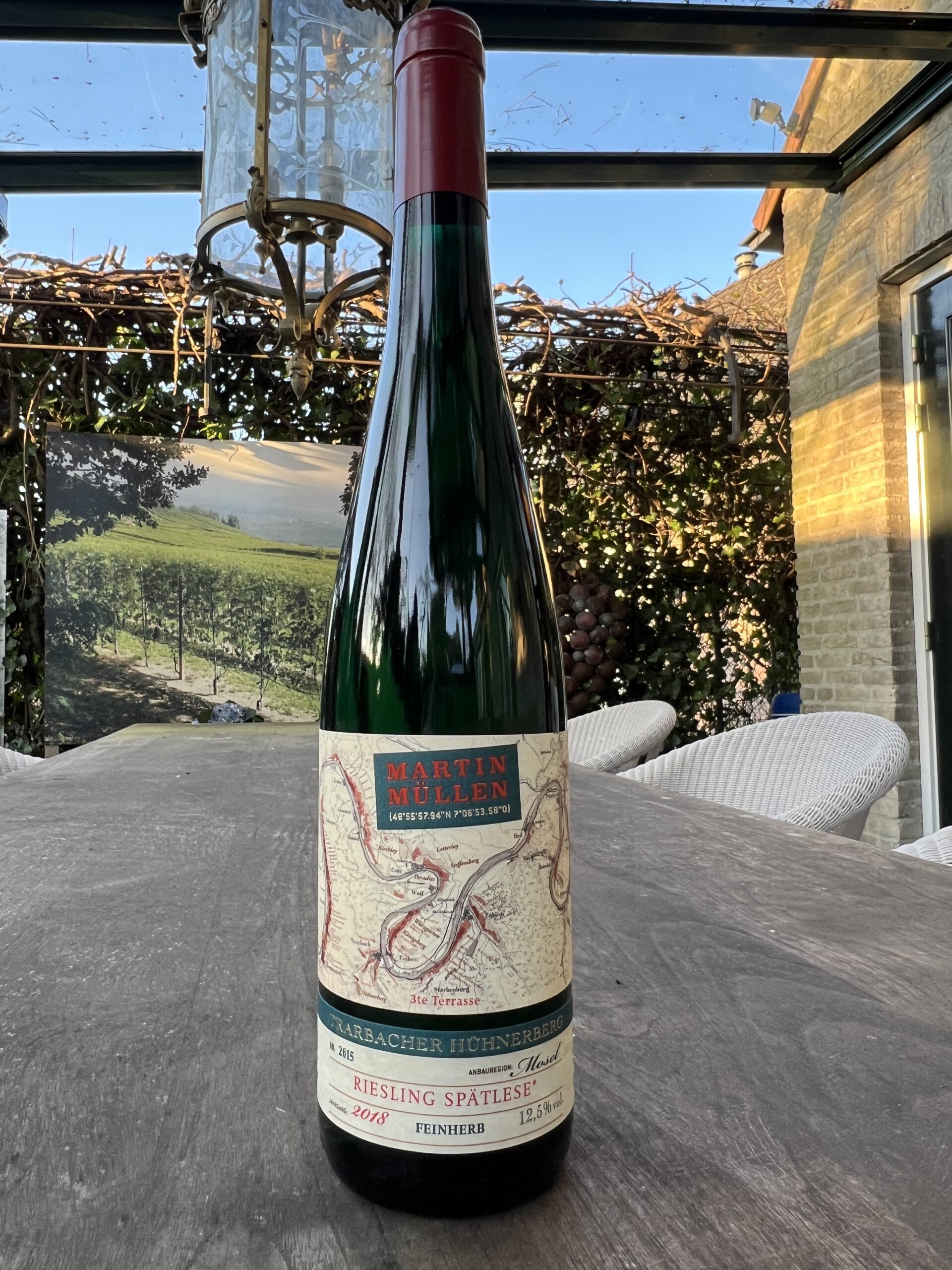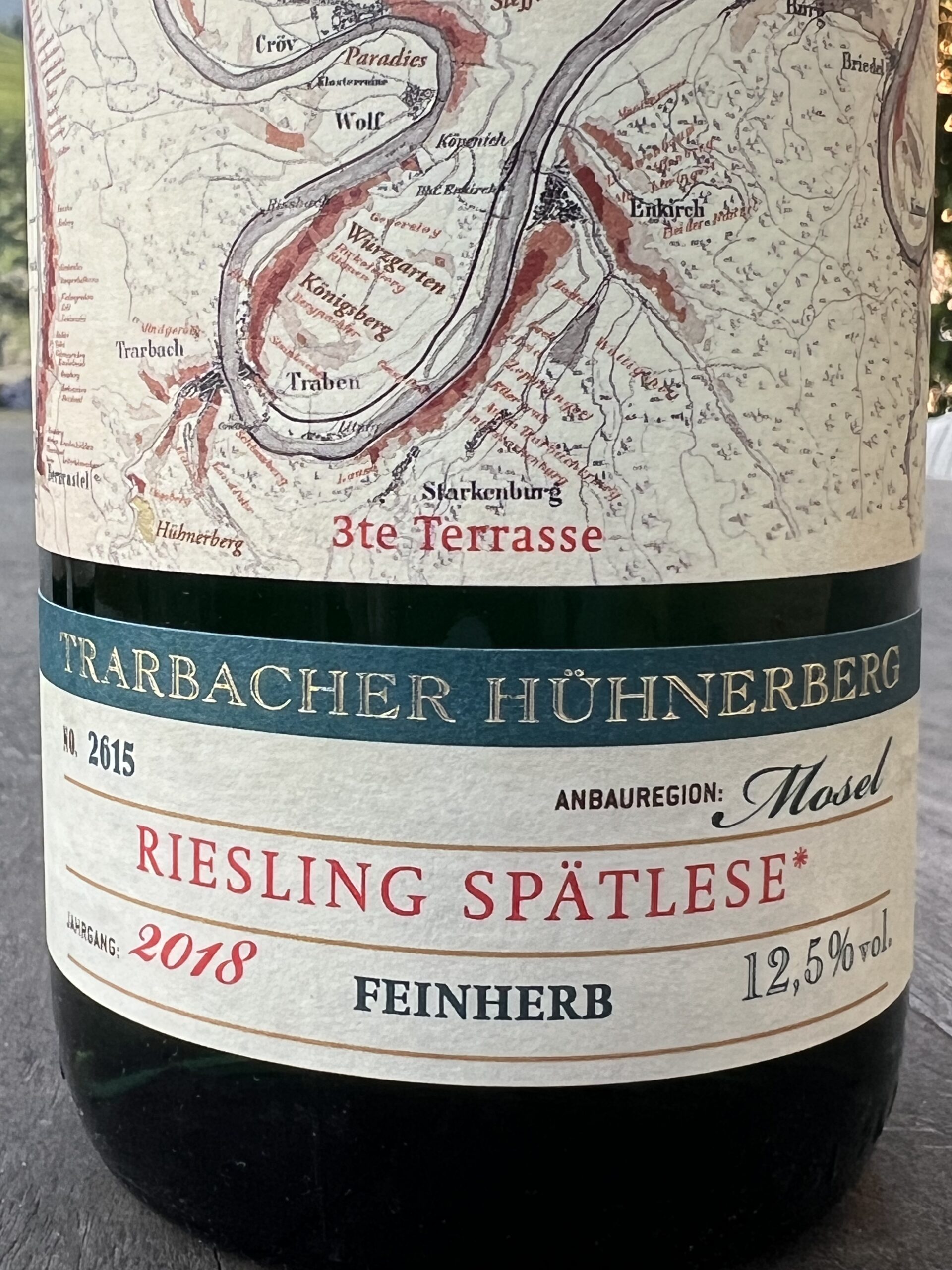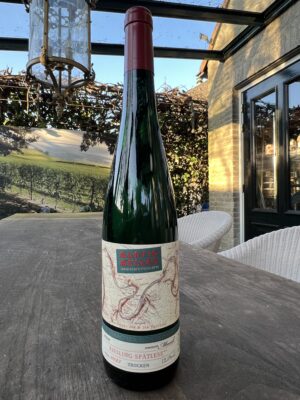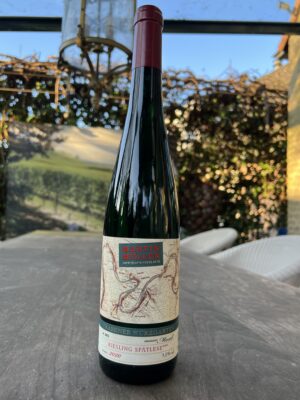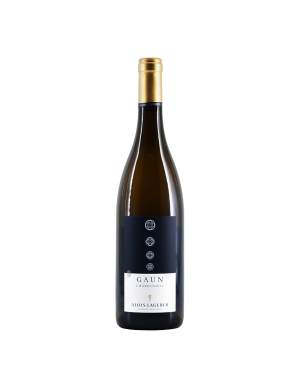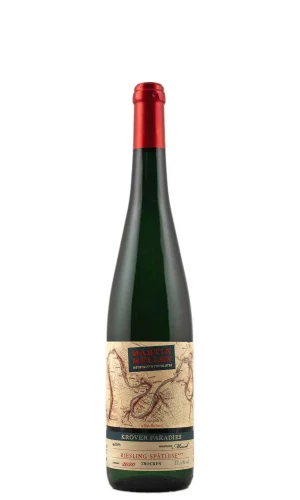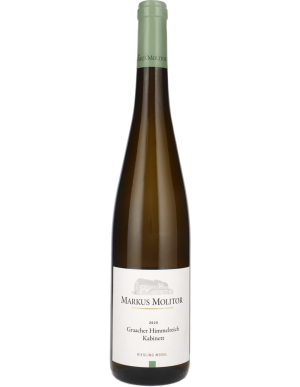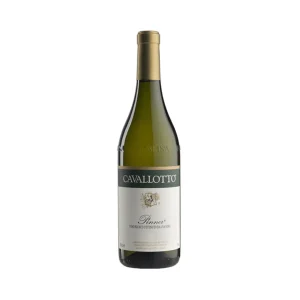The Trarbacher Hühnerberg
The Trarbacher Hühnerberg is an old famous Trarbach vineyard, which was classified in the highest category in the Moselle winery map of 1897. Located a little away from the Moselle in the Kautenbachtal, this extremely steep and heavily terraced location eventually fell into oblivion. Due to the high potential, we have been reclaimed this vineyard piece by piece with great efforts since the beginning of the new millennium. It gives us extraordinary wines with floral notes, mineral naturalness and a fascinating fruit. The development of this large location was a real challenge for us in some respects – and a great gain.
The past
The reasons why this legendary Moselle wine area was no longer farmed at some point were obvious. On the one hand, there is the extreme steep location and the correspondingly laborious management. On the other hand, the “Hühnerberg” brings only very low yields. But what at some point seemed unpopular came and comes just right for us. We like to take on the effort that the Hühnerberg entails and the low yields are exactly what we are looking for to produce top wines.
The potential
The Trarbacher Hühnerberg is located in a side valley of the Moselle, only a few kilometres from the river. It is one of those locations that have been known for centuries for extremely high-quality wines. On the Moselle wine-growing map of 1897, which was commissioned by the Prussian government as a basis for the taxation of vineyard property, the Hühnerberg appears as a “Class 1 vineyard”. The map is again based on a classification of the French Ministry of Finance, which was already started in Napoleon’s time. Here, the creditworthiness of a vineyard was defined not only by unique geological factors, but also expressly by the taste and exclusivity of the wine that the vineyard produces,
In 2000 we were looking for such high-quality vineyards with character, which should also be suitable for the production of the finest ice wines. Many of the highly valued vineyards in Trarbach, which we considered for ourselves at the time, we already knew from the parental business or the activity as administrator in a Traben-Trarbach winery. Very interesting wines with an individual character have always come from the Trarbacher Ungsberg in the parental business. The location adjacent to the Ungsberg Trarbacher Hühnerberg, which has a similar microclimate, therefore particularly attracted us. We liked a plot in the Hühnerberg exceptionally well, it was well-kept and planted with old, for the most part real vines. When we finally found the owner of the vineyard after a long search, he told us that he would not give up the chicken mountain, his best vineyard, under any circumstances.
In addition to the well-kept vineyard, there was another, slightly larger area, which had not been cultivated for a long time. We were able to acquire these in the spring of 2000. That, we thought, should be enough for now. But just a month later, early in the morning a call came: “Hey trash, do you want the chicken mountain? I was sick and now I can’t do the work in the vineyard anymore.” At first we were speechless, then we said yes. More than 3500 square metres of Hühnerberg in well-kept condition were now available to us.
The reconstruction
In 2001, the reclamation of the wild vineyards began. Of the 20,000 square metres of chicken berg, 14,000 had not been cultivated for over a decade. The vines were overgrown metres high with sling plants and blackberry hedges. Fir and birch trees also grew, where actually the best vineyard was. In the next few years, we managed to free the vines from the unkempt state. What surprised us in particular was that we were able to save 70% of the old vines that had not been maintained for many years. Today we have a large stock of 40- to 50-year-old vines. We were even able to save a stock with approximately 80 to 100 year old vines. These old vines are the basis for great wines.
Why has the Hühnerberg been known for more than 100 years as an outstanding vineyard? We have often asked ourselves this question and the answer probably lies in the many special circumstances that find a great whole in this vineyard.
On the one hand, the orientation to the sun can be described as optimal. The vineyard forms a large semicircular shape, similar to an amphitheatre. The left side of the vineyard is oriented to the southeast, the right side to the south-southwest and in the heart the orientation is pure south. That’s perfect. The semicircular, caldron-shaped shape of this position contributes particularly well to the formation of the small climate, as this terrain shape protects against excessive wind.
The height of 130 to 180 metres above sea level is optimal in our region. The soil, which is extremely important for the wine flavour, also shows great quality. It is a blue-gray slate with many brownish inclusions, which are very well weathered. The soil is soft and rich in humus, which indicates a particularly good care over generations. The wasteland of the vineyard did not damage the soil structure.
The extremely good water supply also plays a major role in terms of vineyard quality. In our vineyard there are water springs, which also bubble from the soil into the vineyard. Another special feature is the very pleasant, clear air in the area of the Hühnerberg. It was no coincidence that the Mannesmann company had a recreation centre for its workers nearby.
The last important aspect is the steepness of the vineyard. As a result, the Hühnerberg has an optimal angle of incidence for the sun’s rays. The soils heat up very quickly and thus also the entire vineyard caldron. This creates a special thermic, which various bird species use to ascend to higher air layers.
In the Trarbacher Hühnerberg, many small things come together to form a big whole, and grandiose, exciting wines with enormous maturation potential are created.
Since the first wines of the Hühnerberg were already impressive, we bought more areas in this location over the years.
